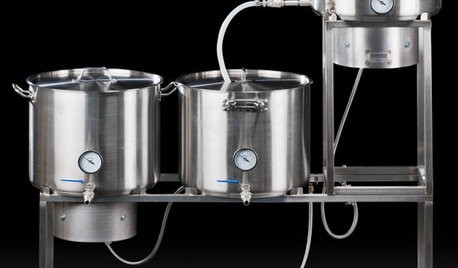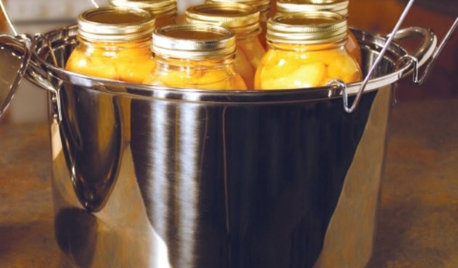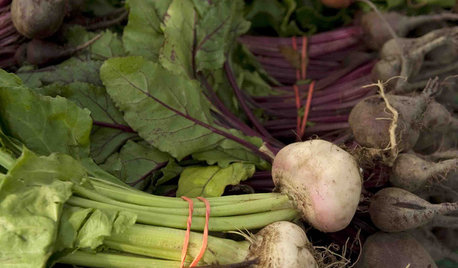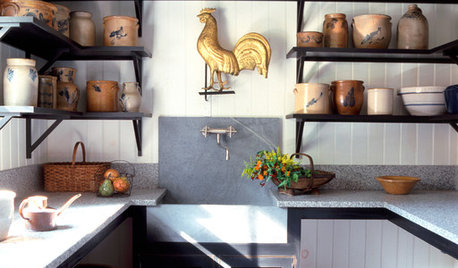Fermenting Pickles - Bubbles
jujubee_de
17 years ago
Featured Answer
Sort by:Oldest
Comments (18)
melva02
17 years agojujubee_de
17 years agoRelated Professionals
Havre de Grace Landscape Architects & Landscape Designers · Oconomowoc Landscape Architects & Landscape Designers · Seabrook Landscape Architects & Landscape Designers · Willowick Landscape Architects & Landscape Designers · Norwood Landscape Contractors · Peabody Landscape Contractors · Azalea Park Landscape Contractors · Bell Gardens Landscape Contractors · Eureka Landscape Contractors · Florham Park Landscape Contractors · Rockville Landscape Contractors · Royal Oak Landscape Contractors · Saint Paul Landscape Contractors · Weslaco Landscape Contractors · Murray Roofing & Guttersksrogers
17 years agojimster
17 years agojujubee_de
17 years agomelva02
17 years agoLinda_Lou
17 years agojujubee_de
17 years agojujubee_de
17 years agodavid52 Zone 6
17 years agojimster
17 years agoksrogers
17 years agojujubee_de
17 years agoLinda_Lou
17 years agoksrogers
17 years agoreadinglady
17 years agolyndy99
17 years ago
Related Stories

HOME TECHMake Home Sweet Home Even Sweeter With a Brewery Or Winery
New high-tech products make small-scale home beer and wine production easy and fun
Full Story
MONTHLY HOME CHECKLISTSSeptember Checklist for a Smooth-Running Home
Get ready to get cozy at home with snuggly blankets, well-stocked firewood, added insulation and more
Full Story
PRODUCT PICKSGuest Picks: Canning, Preserving, Steaming, Dehydrating
20 products to help make fall produce last through the season and beyond
Full Story
MOST POPULARHow to Get Rid of Those Pesky Summer Fruit Flies
Learn what fruit flies are, how to prevent them and how to get rid of them in your home
Full Story
FARM YOUR YARDCool-Season Vegetables: How to Grow Beets
Give canned versions of this fall and spring garden favorite the heave-ho and discover its true flavor and colors
Full Story
HOLIDAYSHouzz Call: Share Your Personal Holiday Traditions
What winter rituals mean the most to you and yours? Post your stories and pictures
Full Story
HOUZZ TOURSMy Houzz: A Northwest Home Honors Its Midcentury Roots
A couple embrace Scandinavian modern to preserve the integrity of their home, built by midcentury architect Kenneth Brooks
Full Story
ACCESSORIESStoneware Crocks Strike a Chord
Once just humble pantry items, stoneware containers have become showpieces around the home
Full Story
HOUSEKEEPINGLower Your Heating Bills With Some Simple Weather Stripping
Plug the holes in your house this winter to make sure cold air stays where it belongs: outside
Full Story
FARM YOUR YARDIf You Have Room for Only One Summer Crop ...
Get an edible that’s long on flavor even if you’re short on space, with a long-time gardener’s favorite picks
Full Story





jimster